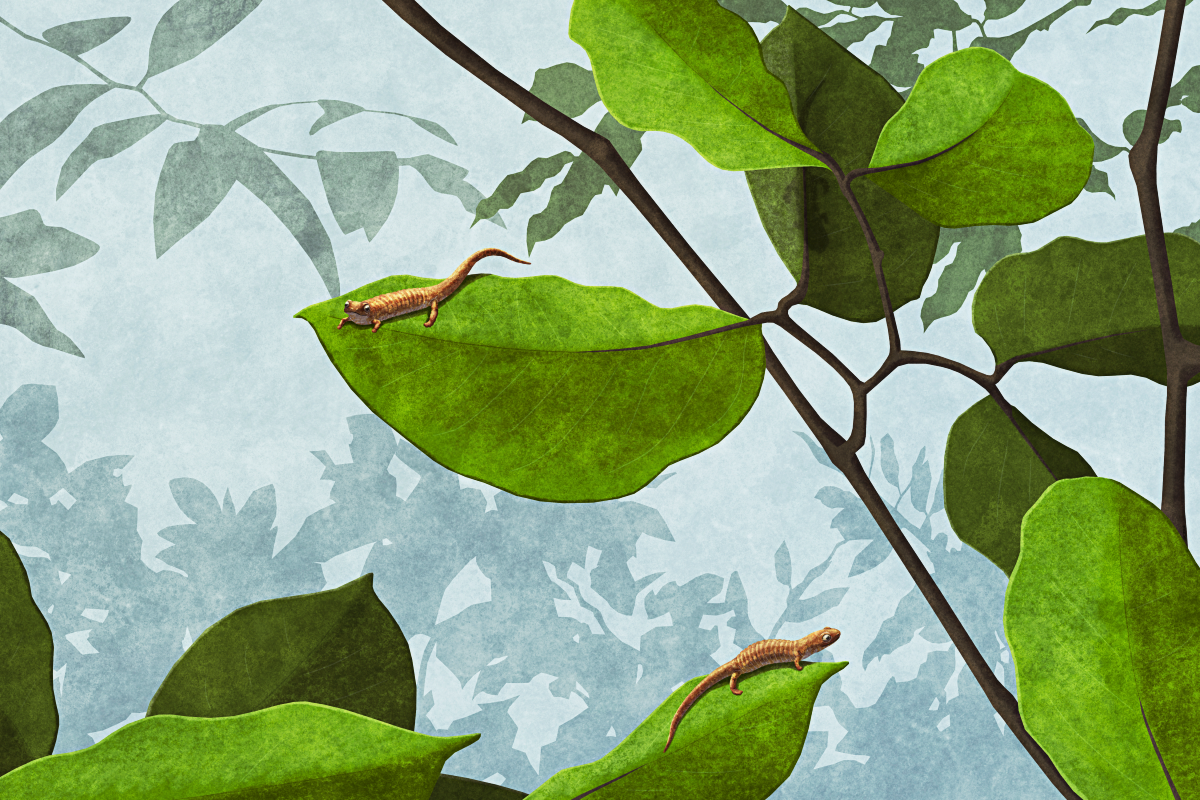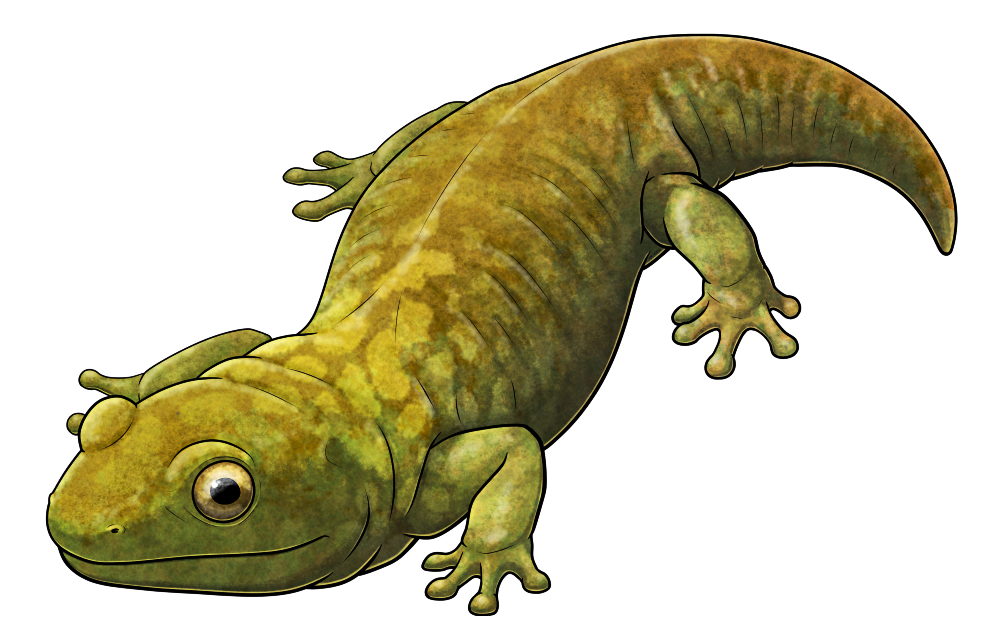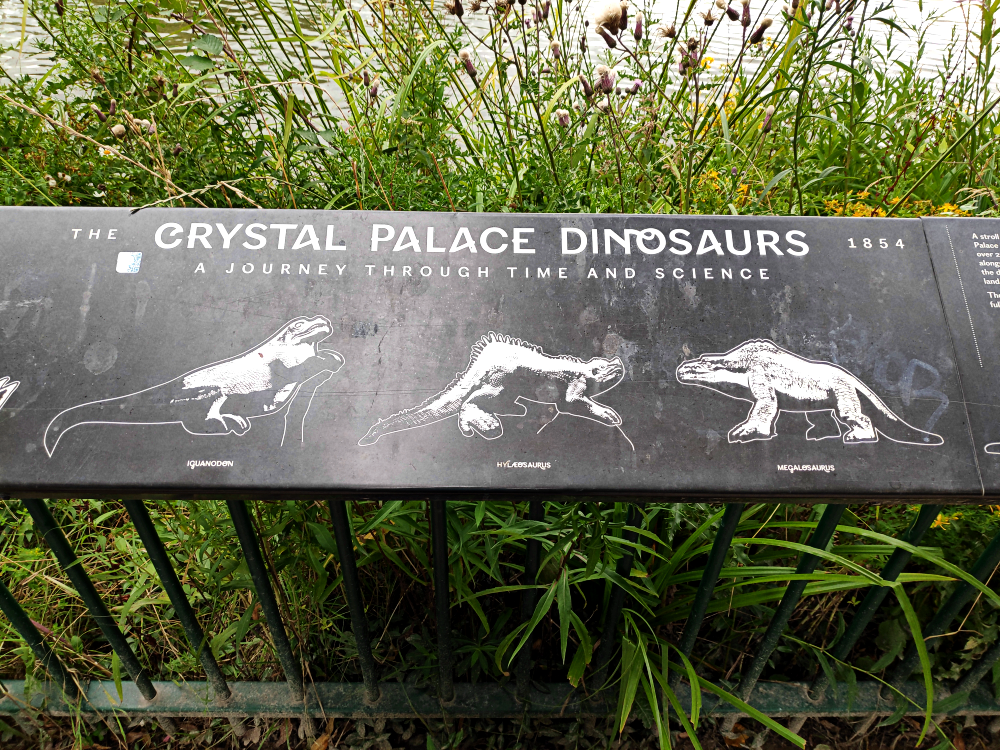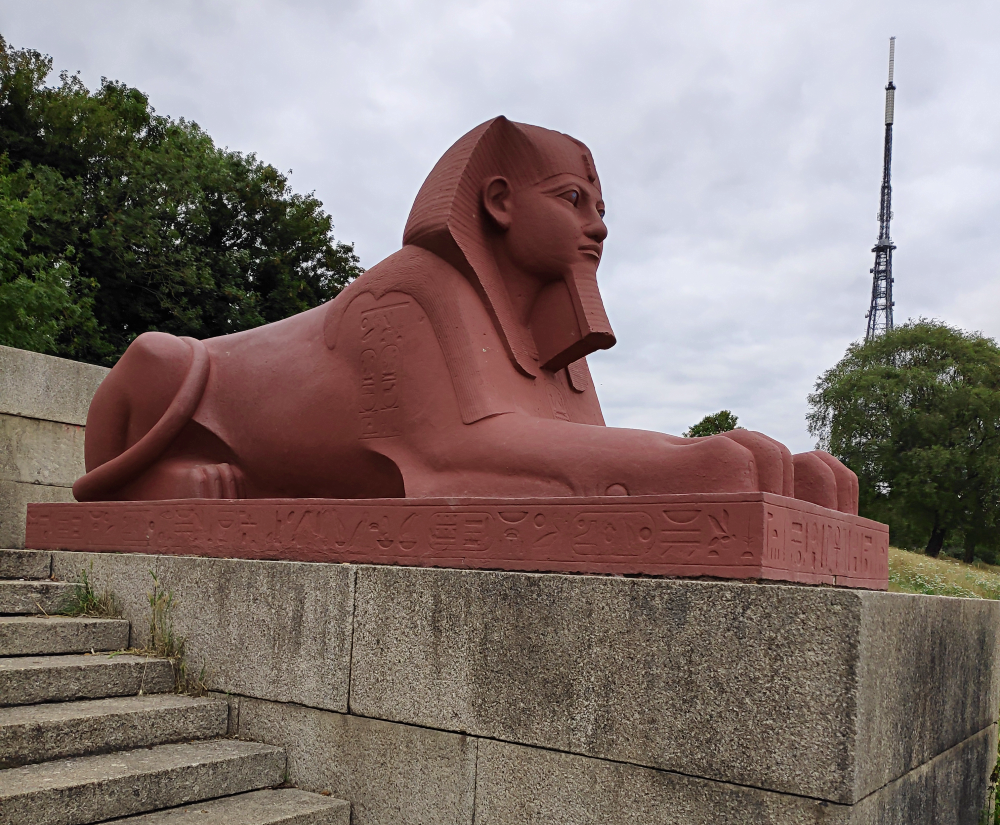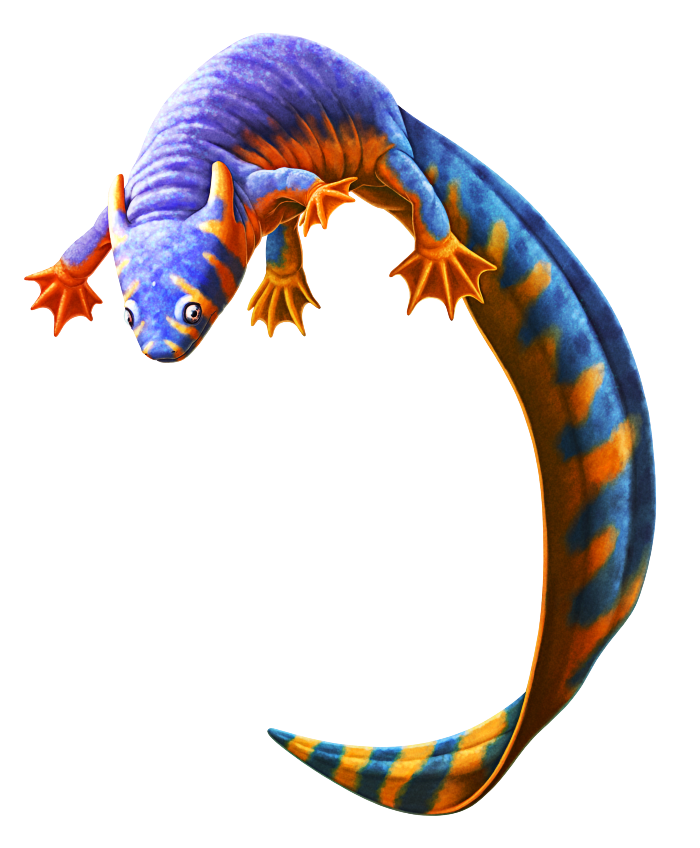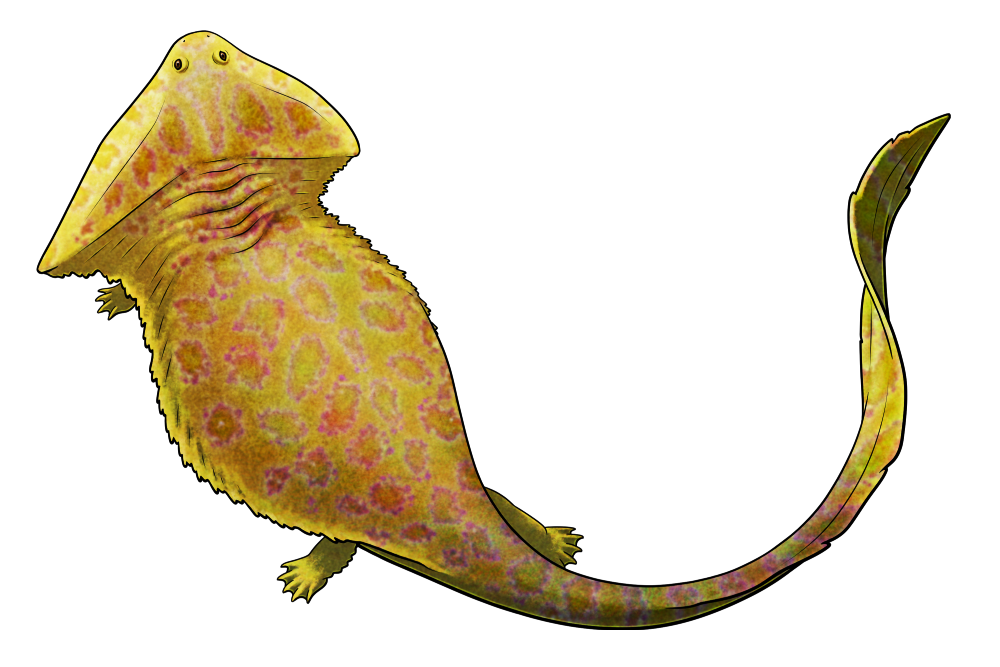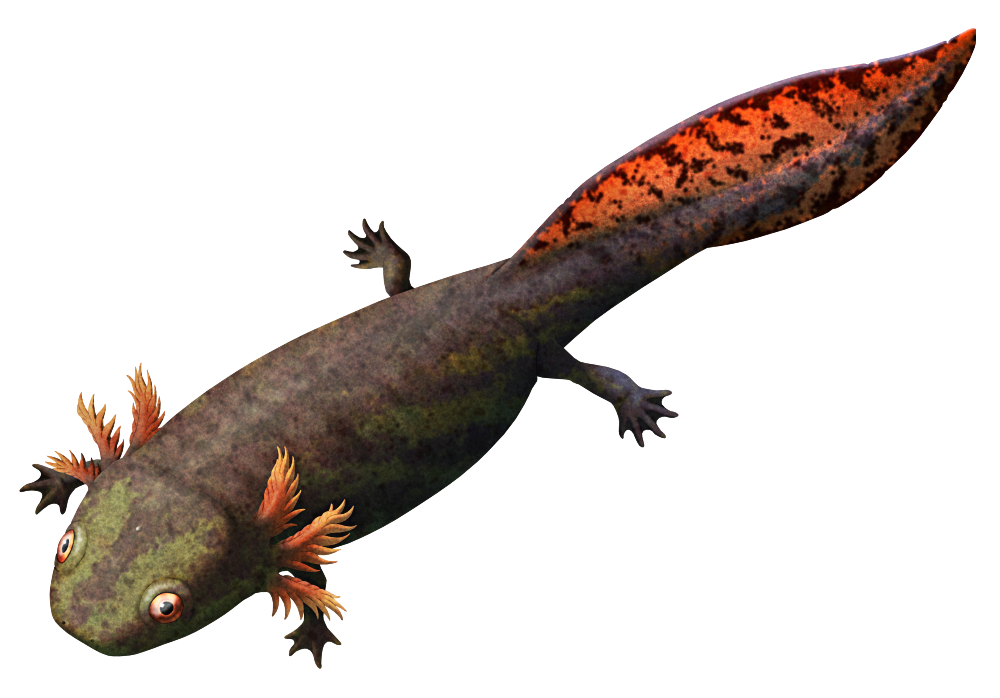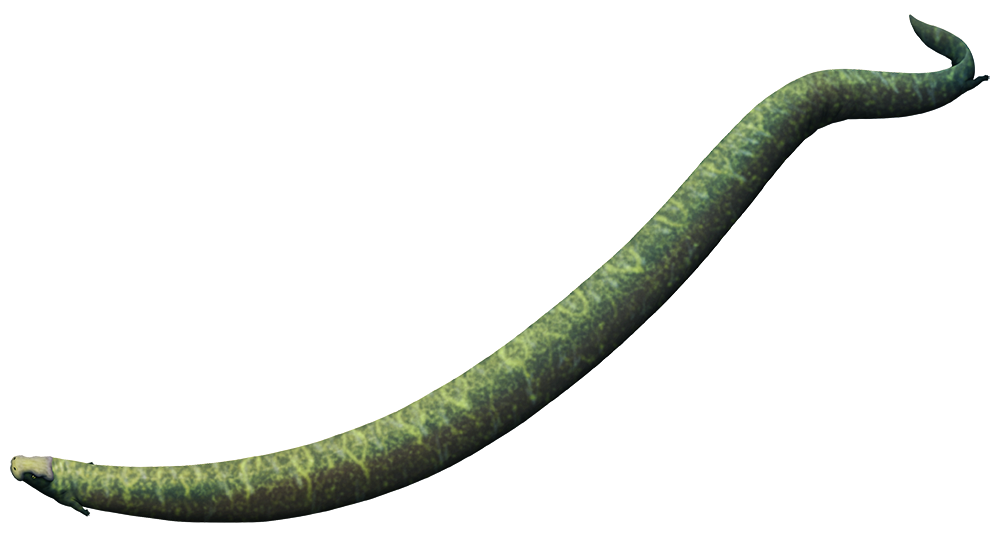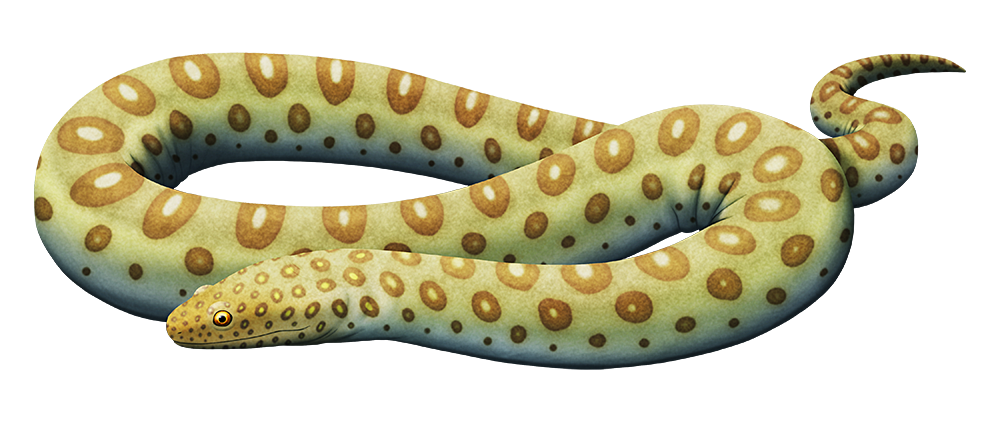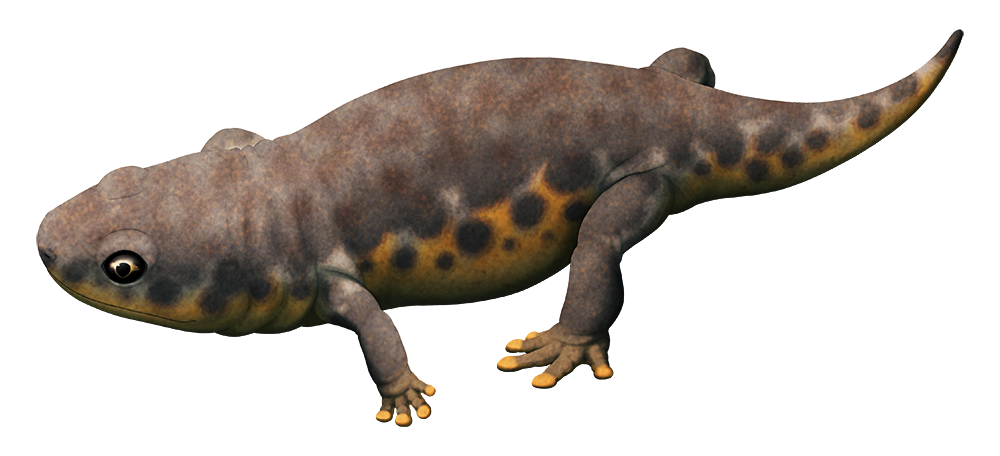There are no salamanders living in the Caribbean today, but one tiny fossil shows that this wasn’t always the case.
Palaeoplethodon hispaniolae was discovered in a chunk of amber from the Dominican Republic on the island of Hispaniola. The exact age of this type of amber is uncertain, but it most likely dates to the early-to-mid Miocene, about 20-15 million years ago.
The only known specimen is a hatchling, just under 2cm long (0.8″). It’s unclear what its full adult size could have been, but based on its modern relatives it may have grown to anywhere between 4.5cm and 20cm long (~2-8″).
Its strongly webbed hands and feet suggest it was very closely related to modern tropical climbing salamanders – but Palaeoplethodon had a unique webbing arrangement, with its feet relatively elongated and its hands fully fused into small rounded pads.
Continue reading “Palaeoplethodon”
